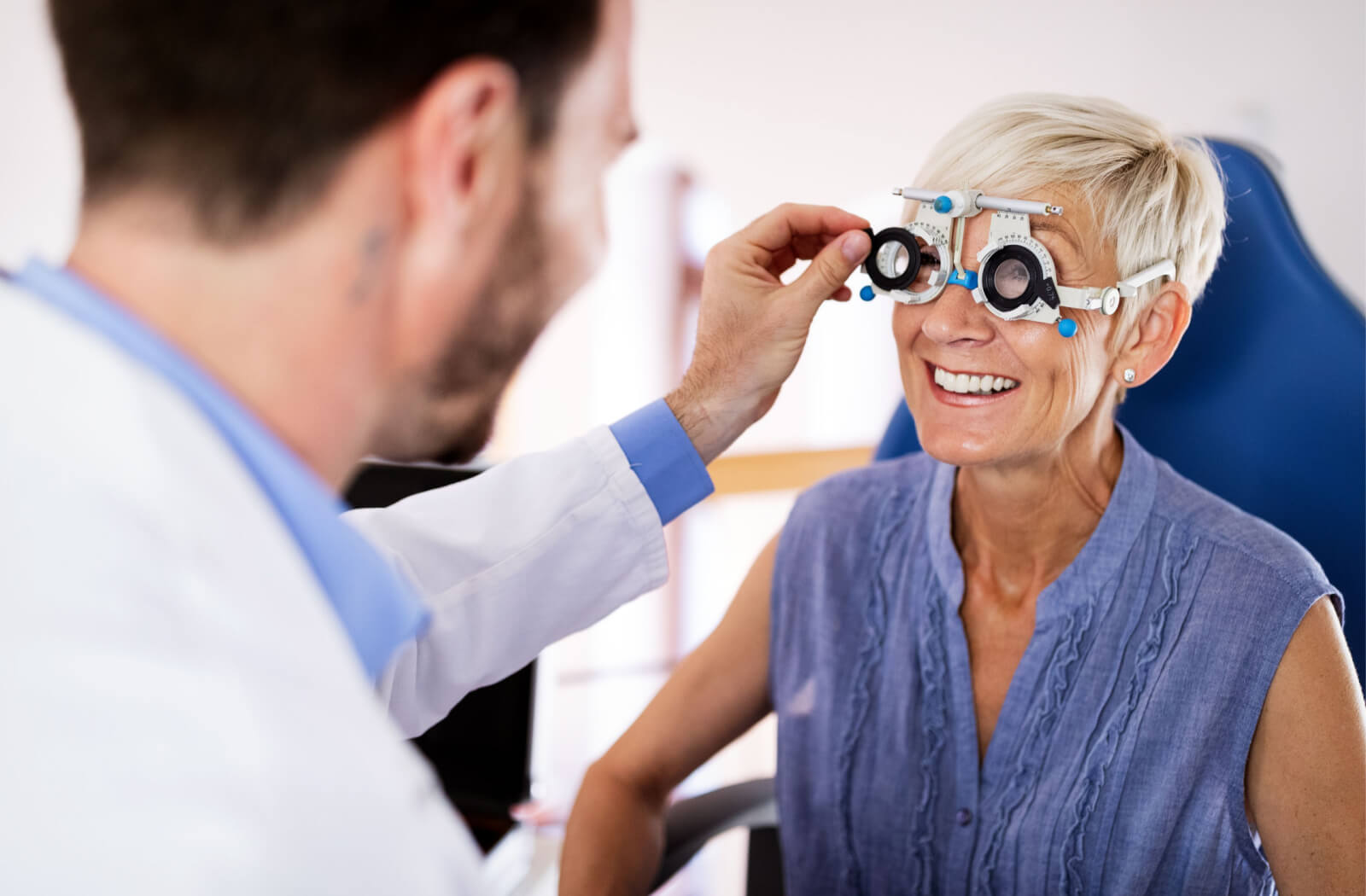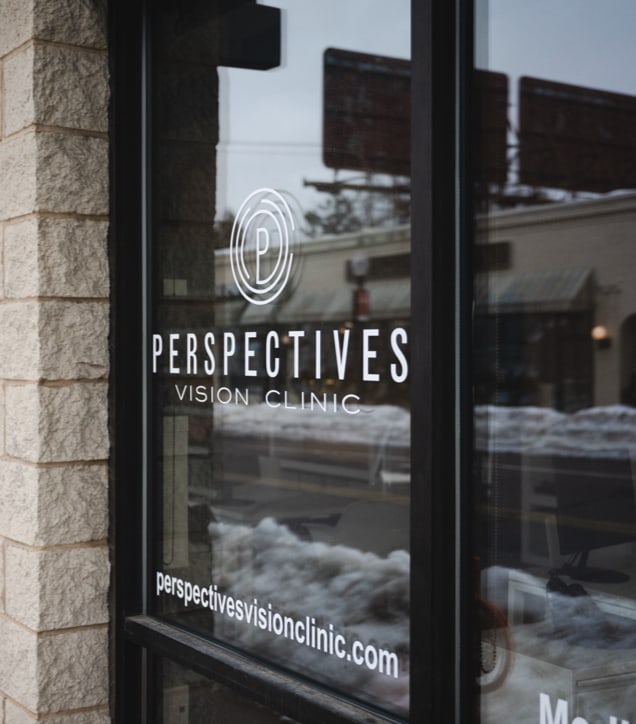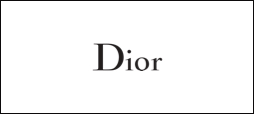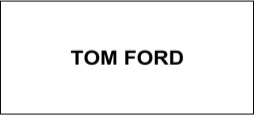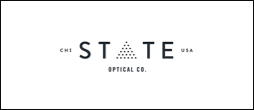Regular eye exams are crucial for maintaining good eye and vision health. Whether it’s for you or your child, the more you know about what’s going on in your eyes, the more equipped you are to handle any developing conditions or diseases.
But it can feel easy to keep putting off these check-ups. You have a busy life. You work, you have kids, and you may think you don’t have time for an eye exam. But that’s not always true. A comprehensive eye exam typically only takes 20-60 minutes but offers peace of mind that can last long after you leave the clinic.
Eye Exam Frequency
Everyone’s eyes are different, and the recommendations many experts can give on how often you should have eye exams are based on guidelines. Generally, the American Optometric Association suggests you follow this schedule:
- Birth through 2: At least once
- 3 through 5: At least once
- 6 through 65+: Annually
Your optometrist might adjust this schedule if you’re at risk of serious eye conditions. Factors that could increase your risk are certain medical conditions, lifestyle choices, or previous eye health issues.
Your optometrist will let you know if you’re considered at risk for other eye conditions, but some factors might include the following:
- A family history of eye disease
- You wear contact lenses
- You have recently undergone eye surgery
- Your eyes are affected by myopia
- The presence of diseases with ocular side effects, such as diabetes or rheumatoid arthritis
- Highly demanding visual jobs or jobs with a high potential for eye injuries
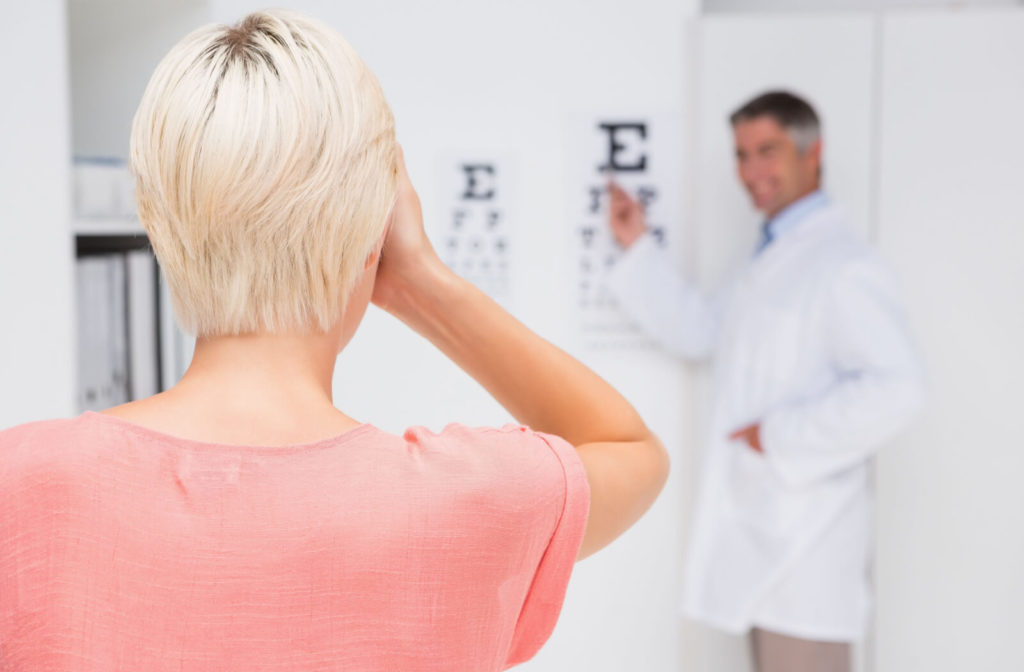
What Happens at an Eye Exam?
A comprehensive eye exam can take up to an hour, depending on your eye care needs, and includes more than simply a vision screening test. A comprehensive eye exam for adults can also assess your eye health, looking for signs of conditions that might not be noticeable to you.
For children, whose eyes are changing, an eye exam is vital for tracking their development and addressing conditions before they get out of hand. In either case, an optometrist may begin by going over your vision and medical history. This review will help us determine which tests your exam should include.
Visual Acuity Tests
A visual acuity test measures how clearly you can see. You’ll typically begin reading letters or symbols off a chart. You may have seen this chart before, with a big E at the top and rows of letters getting smaller as it goes down. These days, your optometrist may have a digital screen set up to replicate the distance.
We can measure your near and far vision by examining how you read these letters at a set distance. We’ll express this result as 2 numbers, such as 20/40. This means you have to be at 20 feet to see what most people can see clearly at 40 feet.
Preliminary Tests
There are a lot of vision functions beyond simply seeing clearly that your optometrist may want to test. Depending on your age and eyes, these could include:
- Depth perception: We’ll assess depth perception with a binocular (referring to two eyes) vision test. This test can also measure your eye coordination and eye muscle control.
- Peripheral vision: Using a visual field test, we can assess your side vision. This test could involve staring straight ahead into a screen and using a clicker to indicate when you see a light appear at the edges. A loss of peripheral vision could be an early sign of glaucoma, so this test is essential for people at risk of developing glaucoma.
- Color vision: There are a few different ways an optometrist can detect color blindness, including using color plates, an anomaloscope, or a hue test.
Keratometry
Keratometry measures the curvature of the clear outer surface of your eye, known as the cornea. Using a keratometer, we’ll shine a light on your cornea and measure its reflection. This reflection will effectively give a topographical “map” of your eye’s surface, which is particularly important for finding the best fit for contact lenses and measuring astigmatism.
Refraction Tests
Once we have a general sense of your visual acuity, a refraction test can help us determine the lens power needed to correct refractive errors such as nearsightedness, farsightedness, or astigmatism. Using a light shined into your eyes, we can see how it refracts through your cornea and lens to evaluate your focusing power.
We’ll typically follow this test by determining your prescription using a mask-like tool called a phoropter. First, you’ll look through the phoropter and read letters off a chart. Then, as we swap out the lenses, you can tell us which one makes your vision clearest. In this way, we can determine what kind of glasses or contacts can help bring your vision closer to 20/20 vision.
Eye Health
Your eye is composed of many different structures that work together to create an image. If there’s a problem with one of these structures, it can have far-reaching complications. That’s why we take the time to inspect these parts of your eye.
This inspection may include looking deep at the back of your eye and using specialized photography to get images of the layer of photoreactive cells called the retina.
We also may check for signs of glaucoma using a tonometry test. This test uses a puff of air or a small plunger-like probe to test the pressure inside your eye.
Eye Care in Your Community
We understand life can be busy, but your vision shouldn’t be an afterthought. At Perspectives Vision Clinic, we can ensure you’re well-educated about the health of your eyes and get the support you need for your vision.Don’t keep putting off your eye exam. We’ll be happy to see you, so book an appointment today!
